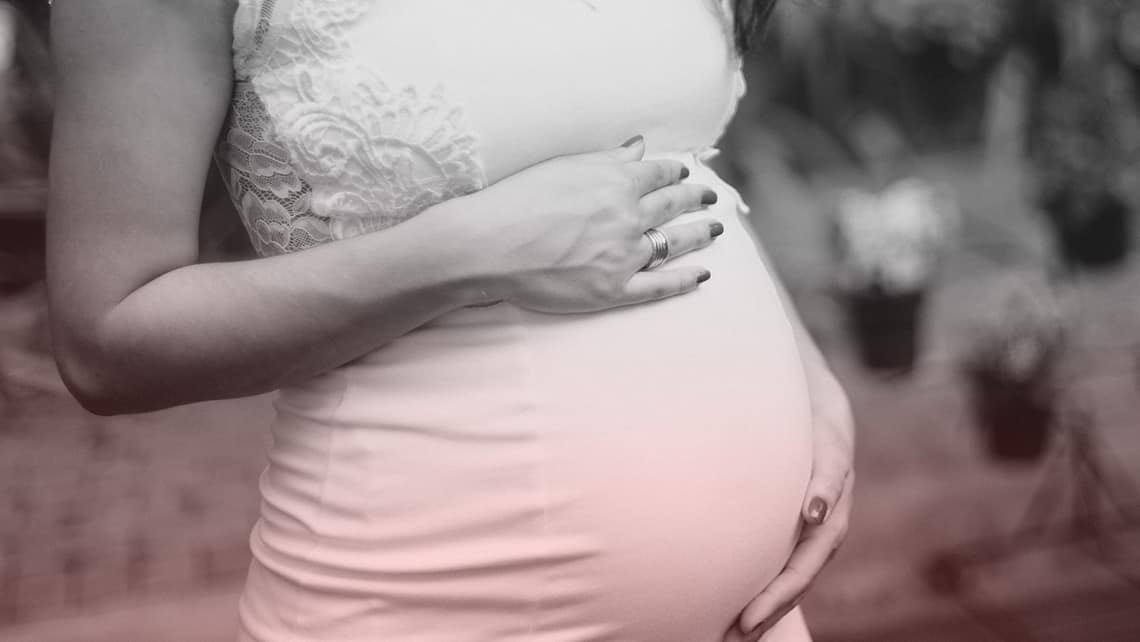
Pregnancy after a c-section. How long should I wait?
After a caesarean section, the uterus is left with a scar that makes it weaker. It’s important to know how long we need to wait between c-sections before trying to get pregnant again.
Índice
How c-section affects a new pregnancy?
A c-section is a surgical procedure performed to extract the baby when vaginal delivery is not possible.
This may happen for different reasons: medical problems with the mother or the foetus, complications at the time of delivery, and sometimes, by personal decision of the mother. There are cases in which the c-section is scheduled, and others in which it is performed urgently, due to an immediate risk to the mother or foetus health. Usually the scar is horizontal, and the caesarean section is segmental, but there are cases in which the incision in the womb is vertical. When deciding to have a caesarean section, it is important to be aware of the consequences for future pregnancies, and how it may affect subsequent pregnancies.
After surgery, the uterus is left with a scar which is a weak point in the uterus wall. This is why is so important to let the uterus time enough to recover before undergoing the growth occurring during pregnancy.
During pregnancy after c-section, the obstetrician should monitor the uterus wall by ultrasound and monitor the scar thickness. It is also advisable to evaluate this scar before seeking the next pregnancy.
At present, there’s also evidence that the chance of pregnancy might be a little lower after a c-section.
The healing of the uterus is independent of the scar on the skin, or the appearance of the belly months after the birth. Post-operative care is essential for proper recovery, both of the abdomen and the rest of the body.
When can I get pregnant after a caesarean section?
When do we consider is too early to get pregnant after a c-section? The healing of the uterus depends on many factors: the previous anatomy, the surgery, the way each woman heals… That is why it is crucial before seeking a new pregnancy to asses the uterus by ultrasound in order to rule out problems in the uterine scar.
As a general rule, the recommendation is not to look for pregnancy for at least one year after the c-section. However, this time may need to be extended in cases where the uterine wall is still weak, if fluid is observed in the scar zone (isthmocele), or in cases of maternal pathology.
If we want to look for a pregnancy soon, an initial assessment can be carried out six months after the c-section, so that we can plan the next pregnancy with peace of mind.
Pregnant in quarantine after c-section, what to do?
Although the recommendation is to wait a while before becoming pregnant again, there’s no reason to be alarmed if pregnancy occurs before the first year, even in the quarantine period. In most cases, the uterus will have healed properly and the pregnancy will proceed without complications.
First thing to do is to make an appointment with an obstetrician as soon as the first signs of pregnancy appear, even with a positive pregnancy test. The obstetrician will be able to assess the risk of this new pregnancy, and will also tell you how to care for yourself.
Second c-section risks
Obstetric risks associated with having a previous c-section are uterine rupture (as mentioned, the uterus that has undergone a caesarean section has a weaker zone). The more recent the c-section, the greater the risk of uterine rupture: 5% in women who have had less than 18 months between caesarean sections; 2% when the time is between 18 and 23 months; 1% when more than 24 months have passed.
There’s also an increased risk of placenta accreta (which attaches deeply to the uterine walls), placenta praevia (which covers the opening of the uterus), as well as preterm labour.
After a first c-section, there’s an increased risk that the second delivery will also be this way. This depends on the reason for the first c-section (e.g. if the first caesarean section was because the foetus was breech, and the second pregnancy has a cephalic foetus, a vaginal delivery may be possible). It will also depend on the pregnancy evolution and the size of the baby. And of course, it will depend on whether the mother wishes to have a vaginal delivery or prefers to have a planned caesarean section.
Is there a maximum number of c-sections?
It is not advisable to perform more than three c-sections, as the complications risk increases with each new pregnancy. With each new caesarean section, the uterus is weaker, as the scar is always in the same place. Again, it is important to stress that every woman is different, and this general recommendation may vary from patient to patient. It is up to the obstetrician or gynaecologist to assess whether or not it is advisable to become pregnant again, for the good of both the mother and the future baby.
Dr Cristina Gavilán (collegiate number 72860168), gynaecologist at Instituto Bernabeu.
